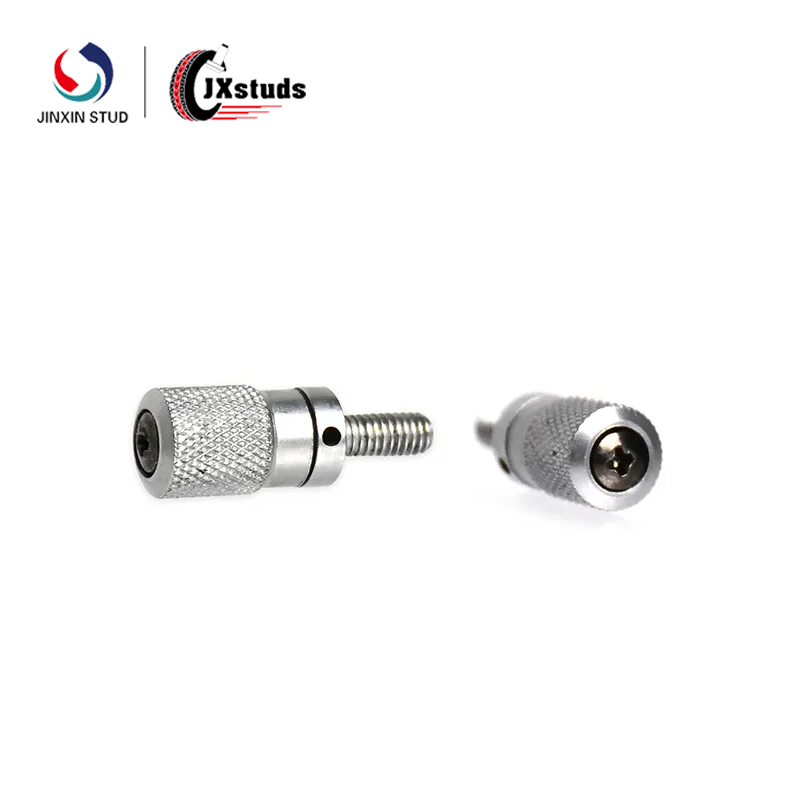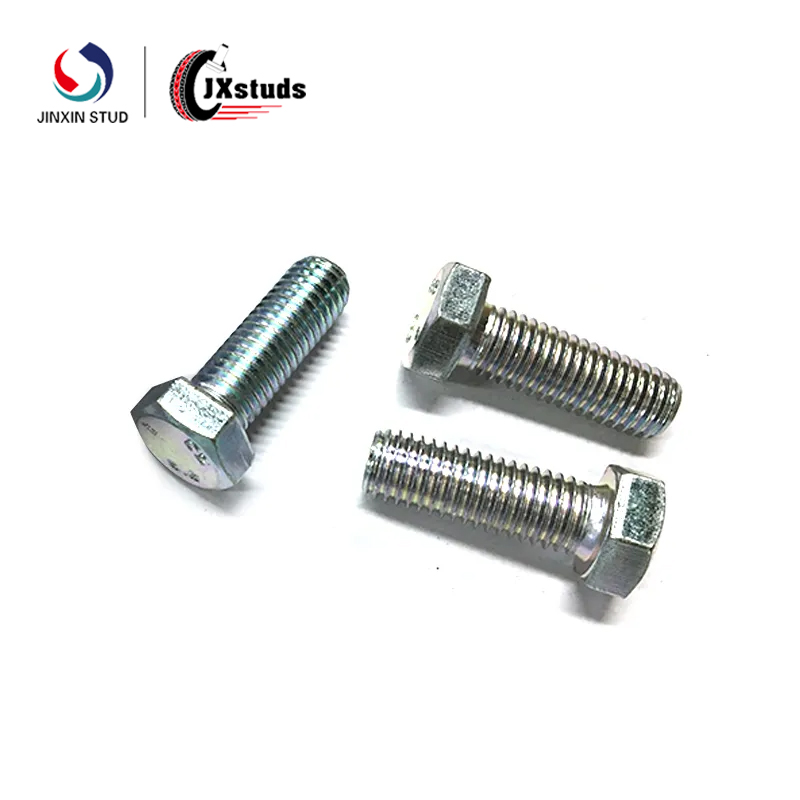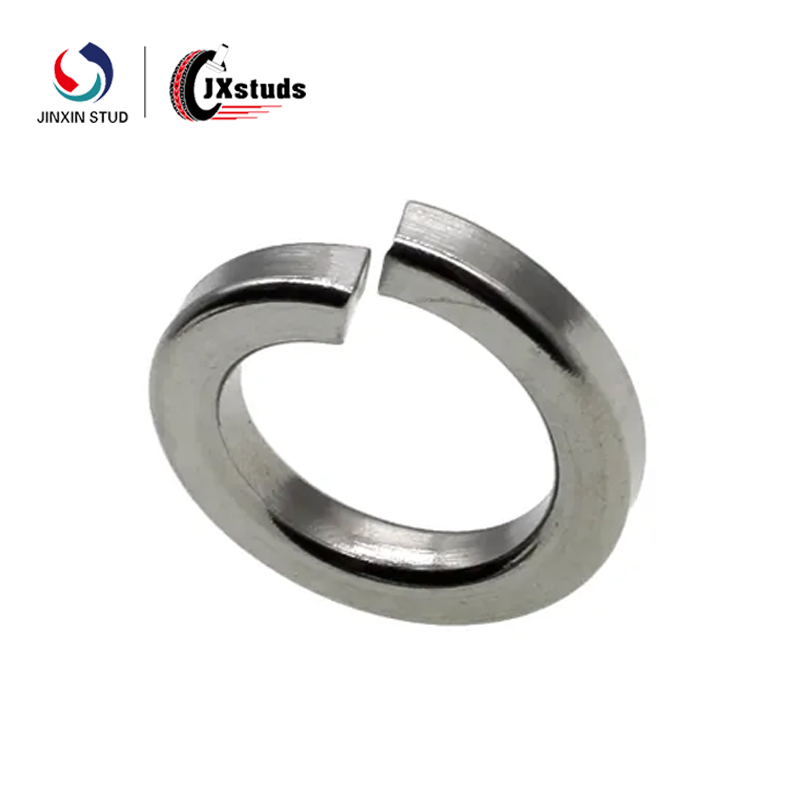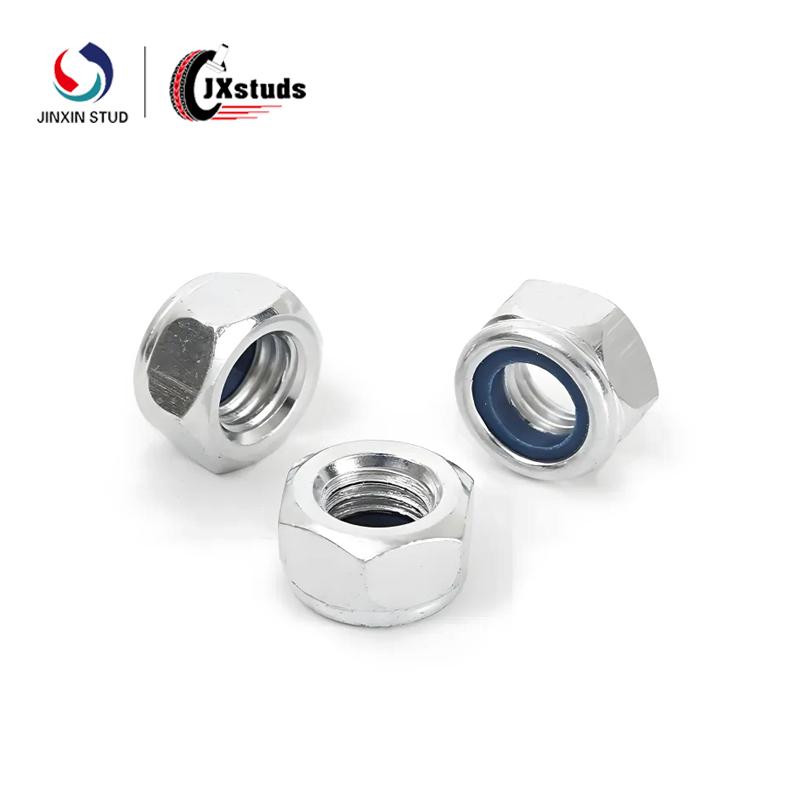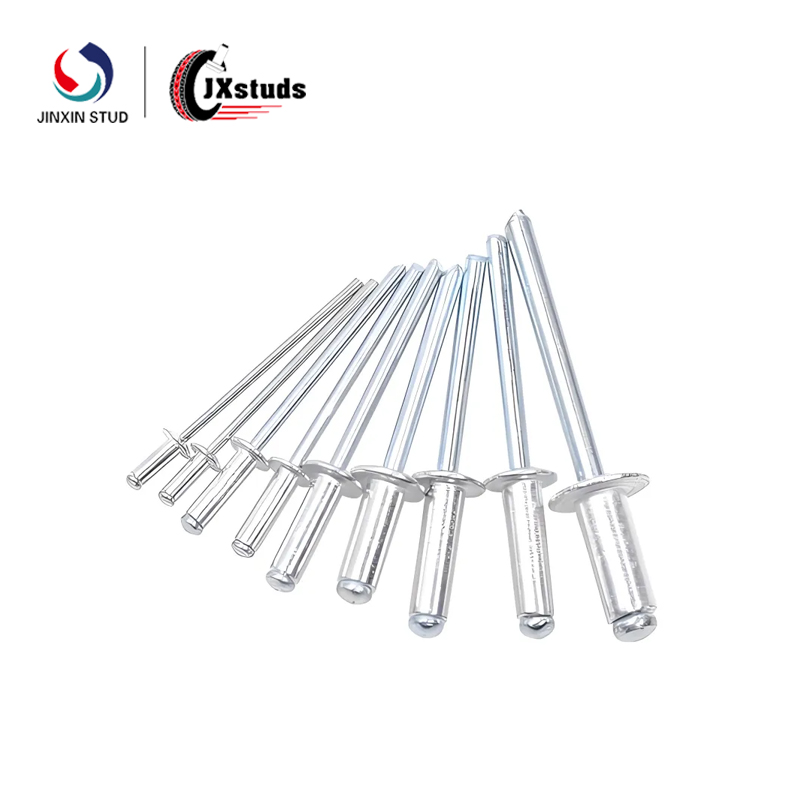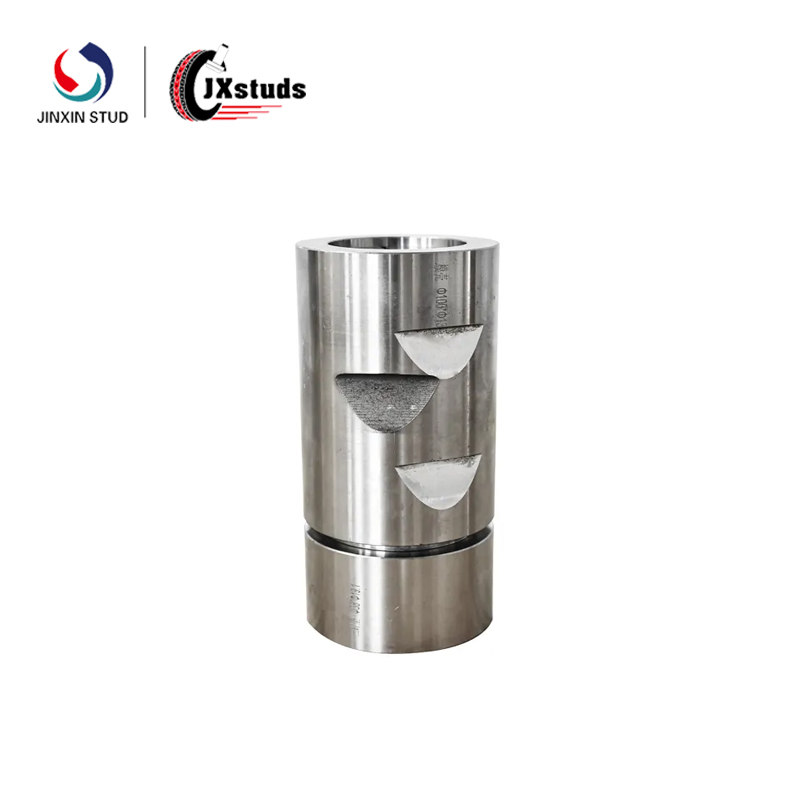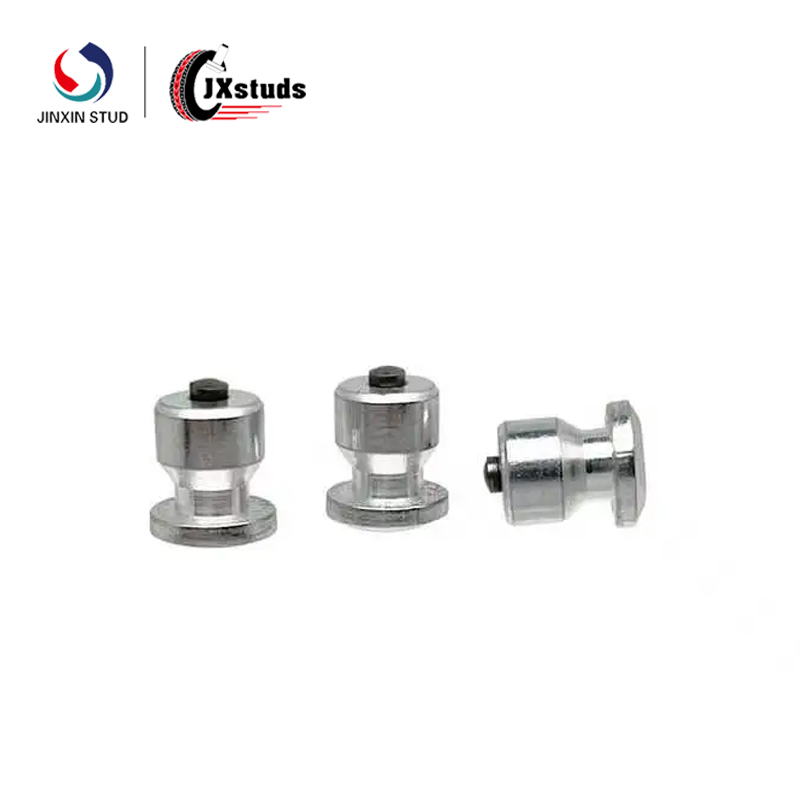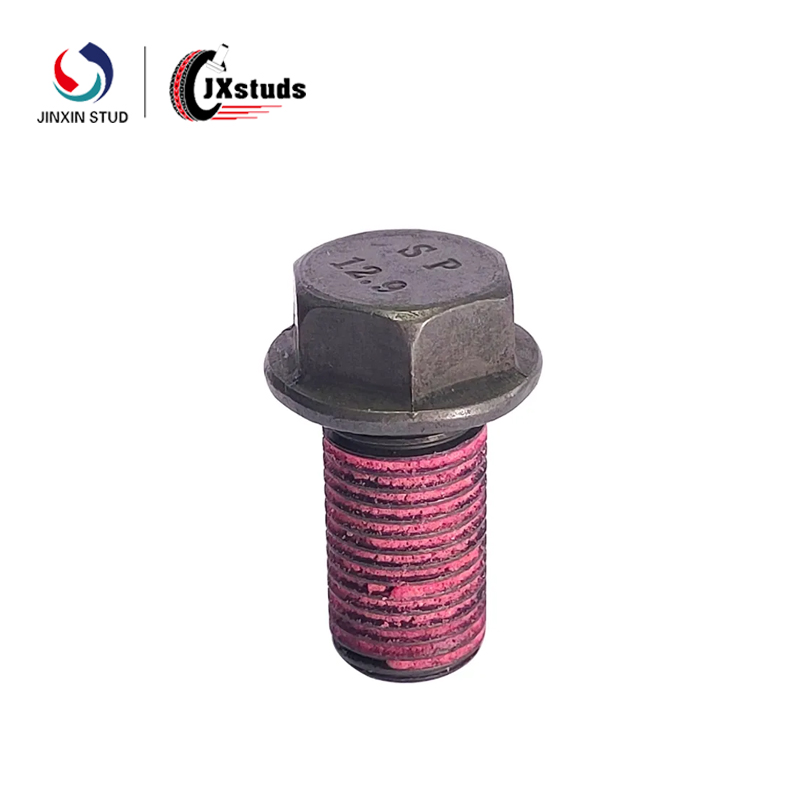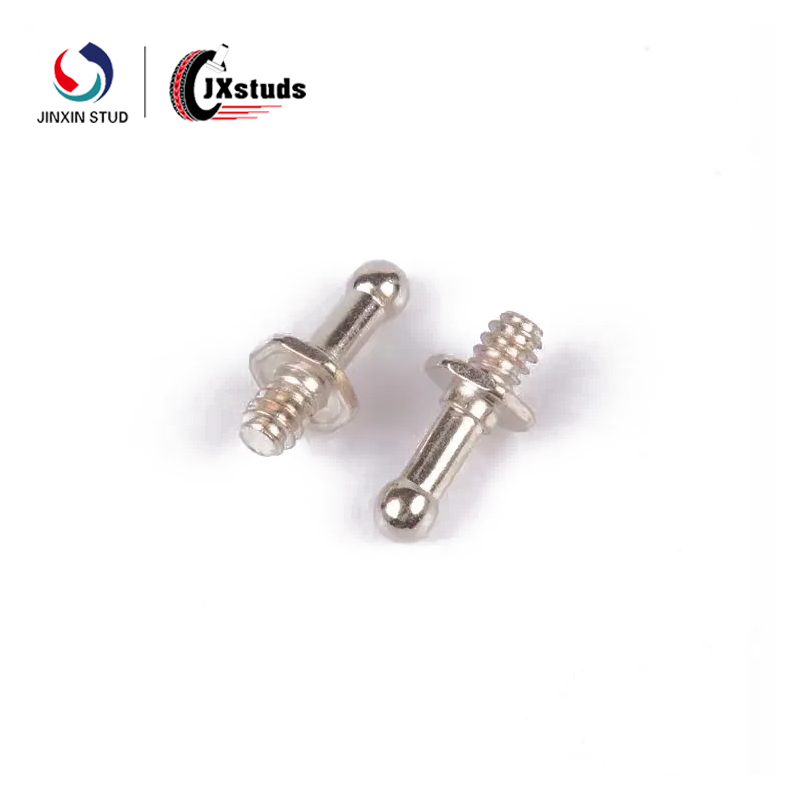In mechanical manufacturing and engineering, a common question comes up: which is stronger — welds or bolts? The truth is, it's not a simple yes-or-no answer. Each option has its own strengths and is better suited for different applications.
Welding fuses metals together using heat or pressure, creating a single, continuous structure. A good weld can be nearly as strong as the base metal itself. It provides excellent structural integrity, eliminates the need for extra fasteners, and ensures a tight seal — which is why welding is often used in containers, pipelines, and pressure vessels. On the downside, welds are difficult to remove, hard to repair, and can be vulnerable to cracking under long-term vibration or cyclic loads.

Bolts, on the other hand, rely on friction, tensile, and shear strength to hold materials together. High-strength bolts are widely used in steel structures and machinery. They can be easily tightened or removed, making maintenance and replacement straightforward. Bolted joints also perform well under fatigue and vibration. Compared to welding, installation is simpler and quality control is more consistent.
When it comes to permanent connections — like in bridges, tanks, or pressure vessels — welding is often preferred because it creates a continuous, leak-free joint without drilling holes into the base material. But if regular disassembly is required — for example in machinery maintenance or modular equipment — bolts are the clear choice.
In many real-world projects, engineers don't choose one over the other but use both welds and bolts together. This hybrid approach combines strength, safety, and flexibility.
So instead of asking "which is stronger?", the better question is: "which is more suitable for my application?" If you're unsure about the right type of bolted connection, our team can help you find the most reliable solution.


